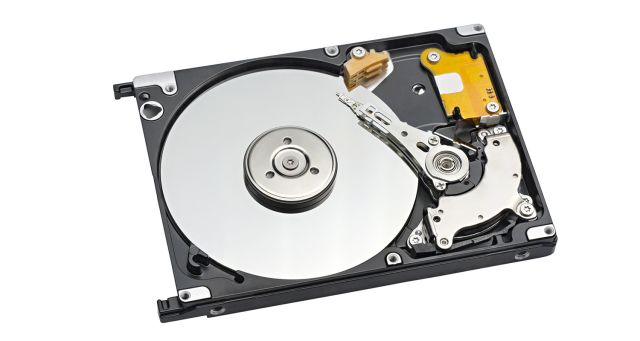
November 12, 2023
by Charles Miller
Helping someone shop online for a new laptop quickly brought home to me that the Solid State Drive (SSD) has now become the norm, replacing the older-design, spinning, mechanical drives. Years ago SSDs were too expensive for use in most low-to-medium priced PC laptops, but now very few laptops are available with the old-style spinning drives. This has created yet another situation that could potentially spell disaster for computer users who are unaware of the change and, more importantly, its consequences.
The hard disk, with all its delicate moving parts, used to be any computer's most common point of failure. The technology has changed greatly over the years, but, proving the old adage, "the more things change the more they stay the same," that is still true. The moving parts are gone, but any computer's most likely point of failure is still likely to be its hard disk, now Solid State Drive.
Some people mistakenly assume that since a SSD has no moving parts that it should last forever. Sorry, but that is demonstrably untrue. Writing data to the drive fatigues it, and the microscopic bits of silicone can only be written to a finite number of times before being completely worn out. So sooner or later, usually after a few years, the SSD simply dies. When that happens, all of the data including your documents, pictures, music, etc. is gone for good. Please note that I said "when" the SSD fails, and not "if."
The old-style mechanical hard disks with their motors and moving parts were generally good when it came to warning of impending failure. Some of the reliable symptoms were drives that became very slow and/or overheated. Then there was noise. IT professionals coined nicknames such as "Singer," "Whiner," "Grinder," and "Thumper." (The latter was one needing a gentle thump to get it started.)
SSDs do none of this. They continue to work normally until the day they fail suddenly, catastrophically, and without warning. Decades ago when hard disks cost thousands of dollars there was ample motivation to use them for as long as possible. That is no longer an excuse. Today a replacement SSD can be bought for not much more than the price of lunch for two.
Knowing as we do that a disk failure is out there in our futures, it makes sense to stay ahead of the problem and replace the SSD every two or three years. This can save you a significant amount of cash over the cost of recovering from a crash. And forget about recovering any documents, pictures, etc. from a dead drive. The likelihood of being able to recover anything is slim, and the cost is guaranteed to be enormous.
Everything I have stated here about computers and SSDs can be equally applied to your smart phone. One day, after a few years of use, your phone may freeze and refuse to turn back on. Those little particles of silicone inside the chips wear out, all at once, and that's the only signal you are likely to get that you need to buy a new phone. Plan ahead. Replace your computer's SSD before it can fail. By doing so you may be able to extend the life of that computer for years.
**************

Charles Miller is a freelance computer consultant with decades of IT experience and a Texan with a lifetime love for Mexico. The opinions expressed are his own. He may be contacted at 415-101-8528 or email FAQ8 (at) SMAguru.com.
**************
*****
Please contribute to Lokkal,
SMA's online collective:
 ***
***
Discover Lokkal:
Watch the two-minute video below.
Then, just below that, scroll down SMA's Community Wall.
Mission

Visit SMA's Social Network
Contact / Contactar

